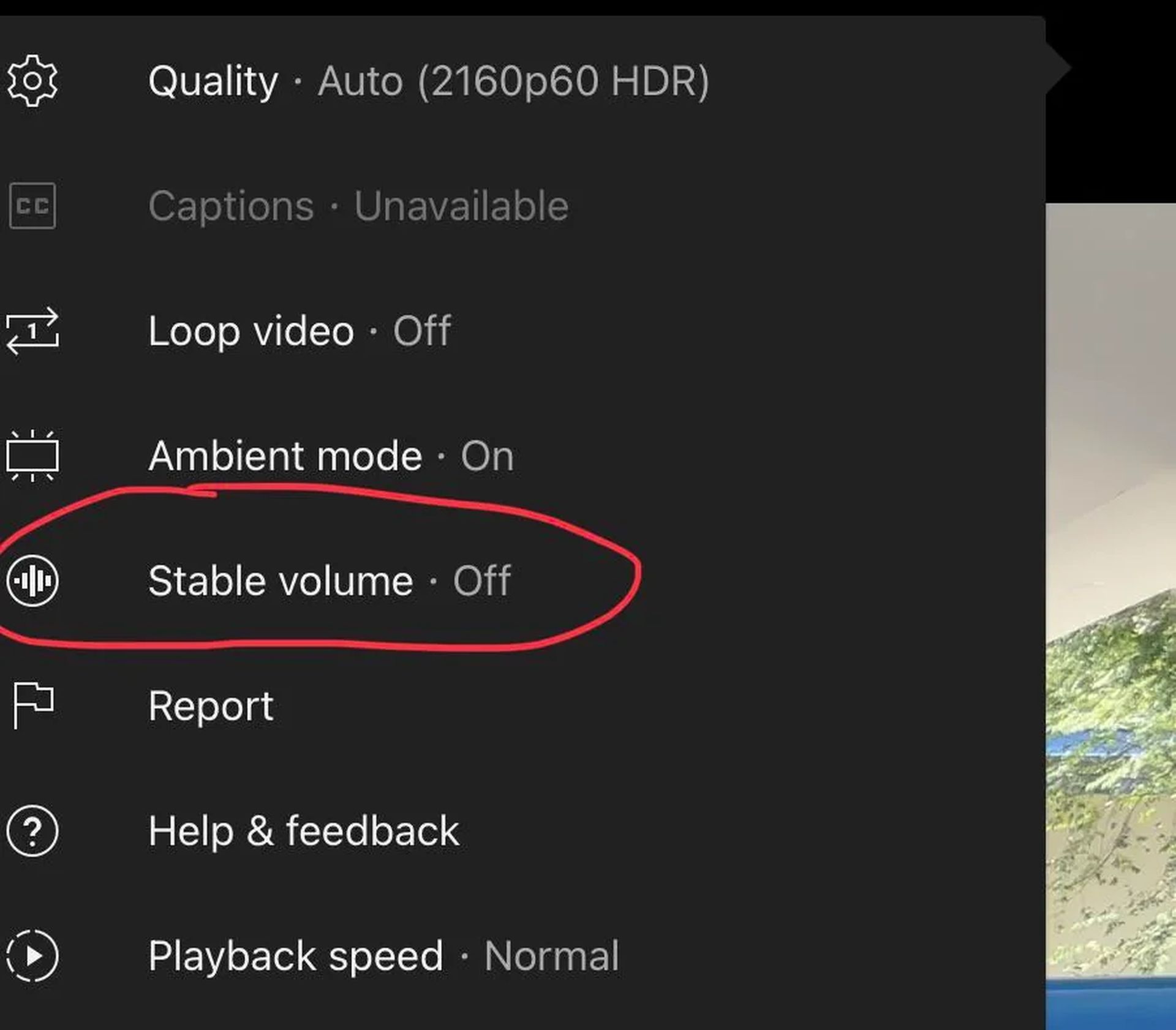The renowned video-sharing platform owned by Google continues to enhance its user experience with a new feature called YouTube Stable Volume.
As one of Google’s most widely used services, YouTube constantly receives updates and additions to improve its functionalities. Among the upcoming features is the highly anticipated “Stable Volume,” designed to address a common and annoying issue faced by many users while watching videos on the platform. Below, you can check out how exactly the new feature balances voice between videos, what sort of potential it has and when will it be available for all users.

In a piece of rather shocking news, don’t forget to check out how YouTube will not allow viewing videos with ad blockers.
How does YouTube Stable Volume work?
Watching multiple videos in succession often leads to abrupt changes in volume due to varying audio settings, creating a jarring and unpleasant experience for viewers. However, YouTube’s new “Stable Volume” feature aims to alleviate this annoyance. While Google has not yet released official details, it is believed that this feature will function as a normalizer and compressor, effectively equalizing the volume between videos or even within the same video.
Early reports on the “Stable Volume” feature surfaced when a handful of keen observers, including a Reddit user and YouTuber M. Brandon Lee, stumbled upon it. Allegedly nested under the Ambient mode option in the video settings page, the exact functionality of the setting remains uncertain. However, the name itself suggests that it could serve as a means to regulate and equalize volume fluctuations experienced while watching videos from various creators and channels.
YouTube now has a feature called “Stable volume.”
I’m not entirely sure what it is, but I think it may be a normalizer and compressor that evens out the volume so you don’t have big jumps in volume between videos and even parts of a video itself.
May be problematic for music. pic.twitter.com/kh0IGoXmpe
— M. Brandon Lee | THIS IS TECH TODAY (@thisistechtoday) July 15, 2023
How significant is the new feature?
The announcement of “Stable Volume” has generated significant anticipation among users, as it promises to deliver a smoother and more enjoyable viewing experience on YouTube. However, it should be noted that the feature may not perform as effectively for music videos, as highlighted by renowned leaker Mishaal Rahman on Twitter. Currently, the feature is available to a limited number of users, likely undergoing testing before a global rollout.

The reception of this new feature by users and its potential impact on Google’s development projects remains to be seen. If YouTube Stable Volume proves successful, it could pave the way for further additions that address common user complaints and further enhance the overall YouTube experience.
It could also significantly improve the viewing experience for YouTube users. By curbing sudden and jarring volume changes or unexpected drops in sound levels, “Stable Volume” has the potential to alleviate one of the more frustrating aspects of online video consumption. While it remains unknown whether AI is involved in the underlying mechanisms that recognize and optimize volume levels across videos, the feature’s potential AI integration is an intriguing prospect.
All in all, the addition of “Stable Volume” to YouTube’s Android application holds great promise, particularly for users who frequently watch videos consecutively. By delivering consistent volume levels, YouTube aims to make the viewing experience seamless and enjoyable, setting the stage for a more satisfying video consumption journey on the platform.

Regrettably, the majority of YouTube users, including ourselves, have yet to gain access to the YouTube Stable Volume feature on both Android and iOS platforms. Consequently, concrete details surrounding its functionality and operation remain elusive. In light of this, we eagerly anticipate either further clarification from Google or a wider rollout of the feature to shed light on its inner workings.
Featured Image: Credit





